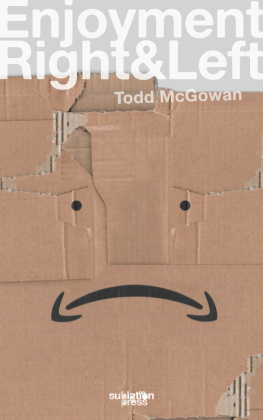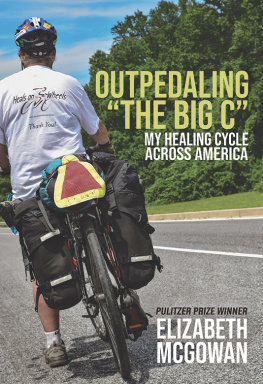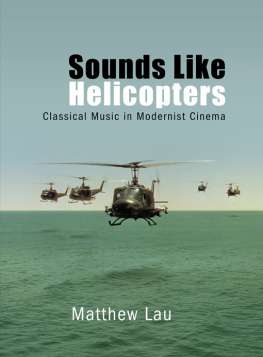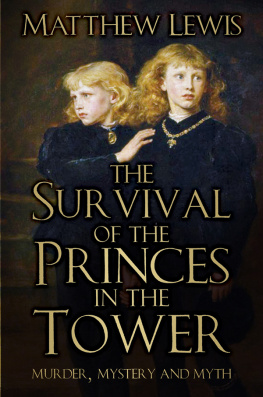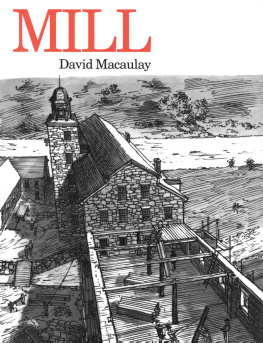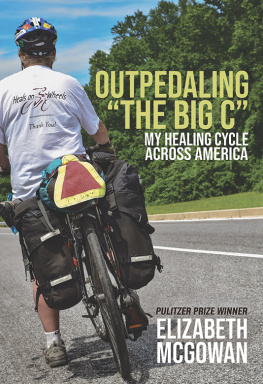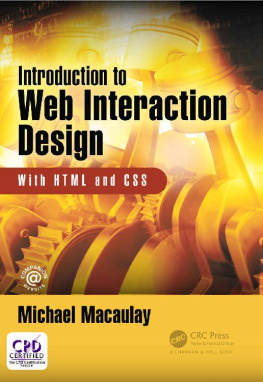Elizabeth Macaulay-Lewis and Matthew M. McGowan - Classical New York
Here you can read online Elizabeth Macaulay-Lewis and Matthew M. McGowan - Classical New York full text of the book (entire story) in english for free. Download pdf and epub, get meaning, cover and reviews about this ebook. publisher: Fordham University Press, genre: Romance novel. Description of the work, (preface) as well as reviews are available. Best literature library LitArk.com created for fans of good reading and offers a wide selection of genres:
Romance novel
Science fiction
Adventure
Detective
Science
History
Home and family
Prose
Art
Politics
Computer
Non-fiction
Religion
Business
Children
Humor
Choose a favorite category and find really read worthwhile books. Enjoy immersion in the world of imagination, feel the emotions of the characters or learn something new for yourself, make an fascinating discovery.

- Book:Classical New York
- Author:
- Publisher:Fordham University Press
- Genre:
- Rating:4 / 5
- Favourites:Add to favourites
- Your mark:
- 80
- 1
- 2
- 3
- 4
- 5
Classical New York: summary, description and annotation
We offer to read an annotation, description, summary or preface (depends on what the author of the book "Classical New York" wrote himself). If you haven't found the necessary information about the book — write in the comments, we will try to find it.
Classical New York — read online for free the complete book (whole text) full work
Below is the text of the book, divided by pages. System saving the place of the last page read, allows you to conveniently read the book "Classical New York" online for free, without having to search again every time where you left off. Put a bookmark, and you can go to the page where you finished reading at any time.
Font size:
Interval:
Bookmark:
Classical New York

Copyright 2018 Fordham University Press
All rights reserved. No part of this publication may be reproduced, stored in a retrieval system, or transmitted in any form or by any meanselectronic, mechanical, photocopy, recording, or any otherexcept for brief quotations in printed reviews, without the prior permission of the publisher.
Fordham University Press has no responsibility for the persistence or accuracy of URLs for external or third-party Internet websites referred to in this publication and does not guarantee that any content on such websites is, or will remain, accurate or appropriate.
Fordham University Press also publishes its books in a variety of electronic formats. Some content that appears in print may not be available in electronic books.
Visit us online:
www.empirestateeditions.com
www.fordhampress.com
Library of Congress Cataloging-in-Publication Data available online at https://catalog.loc.gov.
Printed in the United States of America
20 19 18 5 4 3 2 1
First edition
CONTENTS
Elizabeth Macaulay-Lewis and Matthew M. McGowan
Francis Morrone
Margaret Malamud
Elizabeth Bartman
Elizabeth Macaulay-Lewis
Jon Ritter
Jared A. Simard
Maryl B. Gensheimer
Allyson McDavid
Matthew M. McGowan
Elizabeth Macaulay-Lewis and Matthew M. McGowan
This book grew out of a conference held at New York University in March 2015 on Classical New York: Greece & Rome in NYCs Art, Architecture, and History. Four of those papers, those by Elizabeth Macaulay-Lewis, Margaret Malamud, Francis Morrone, and Jon Ritter, reappear here. The conference was sponsored by the New York Classical Club, a beloved, plucky nonprofit that has promoted the study of classical antiquity in New York City for over one hundred years (since 1900) and might well lay claim to treatment in a book like this. The idea behind the conference was to enrich and expand the conversations many of us had long been having in our classrooms, with our colleagues, on formal and informal tours of Grand Central Terminal or Wall Streets Federal Hall, to say nothing of Green-Wood Cemetery in Brooklyn or Sailors Snug Harbor on Staten Island. We hope that this book enriches, expands, and enlivens those exchanges, even if the New York Classical Club has to wait for a successor volume to get its due. As with many conversations, much is left unsaid here or treated only cursorily, and even monuments of major significancesuch as those at Green-Wood and Snug Harborhave not been included at all. What we have here are instead soundings on the topic of Classical New York, rather than a synthesis of what we know.
Thus, this book makes no claim to comprehensiveness. Like the conference before it, it aims to add breadth and depth to the conversations we have with our students, colleagues, friends, and you, dear reader, about the place and meaning of ancient Greece and Rome in our experience of New York City today. In fact, conversation lies at the heart of this book and goes beyond the words we exchange with one another to include the multiform dialogues, quotations, echoes, and reflections that link so many of New York Citys buildings, sites, monuments, and works of art with ancient Greece and Rome. And not only with antiquity itself but also with the lengthy and variegated reception of the classical past from antiquity to the present.
Indeed, we take for granted that the classical of our title is hardly something static, a precise moment or fixed idea from fifth-century Athens or first-century Rome, hermetically sealed and magically transported to Midtown Manhattan to reappear, for example, in Old Pennsylvania Station (1910) or the New York Public Librarys Main Building (1911). The classical here is something more protean and, we believe, more dynamic, for it is still alive in our interaction with some of New Yorks oldest buildings, such as St. Pauls Chapel (1766) in Lower Manhattan, as well as with some of its newest, like the National September 11 Memorial & Museum (201114) nearby. In fact, the key to our title may lie in discovering Greece and Rome, since this project has always been about discovery and the interplay of old and new. Of course, one can always quibble with titles, but leaving the cover blanklike the pediment of Federal Hall (see Morrones chapter)was not an option. What follows here, we hope, is a contribution, however modest and incomplete, to the conversation ongoing from classical antiquity about how we shape spacebe it civic, religious, academic, theatrical, or domesticand then, how we make use of that space and the objects in it. To that end, we ask only that you pick up and read: tolle, lege !
Main Branch of the New York Public Library, 1908.
Murray Hill Distributing Reservoir, or the Croton Reservoir, 1899.
View north on Broad Street toward Wall Street and Federal Hall, 1797.
Custom House, first-floor plan reflecting Samuel Thomsons alterations to original design by Town and Davis.
Custom House, longitudinal section of building as built.
Custom House, granite base and marble pilastrade on Nassau Street.
Custom House, Nassau Street elevation.
Custom House, stair and colonnade on Wall Street.
Custom House, view south across rotunda.
Custom House, view of dome from rotunda.
Custom House, patinated iron mermaids, rotunda railings.
Lithograph of Court of Honor, Worlds Columbian Exposition, Chicago, 1893.
Senator Albert Jeremiah Beveridge, 1902.
The parade in honor of George Dewey passes under the Dewey Arch on September 30, 1899 .
Pennsylvania Station, New York, as seen from Gimbels department store, ca. 1910.
Harrison Grey Fiske Dinner, 19001901.
Sells Brothers circus poster featuring chariot races.
Barnum & Bailey circus poster advertising the Apollo Trio with the famous classical statue known as the Apollo Belvedere in the background.
Forepaugh and Sells Brothers circus poster showing triumphal circus parade passing through the Dewey Arch.
The Magnet, Puck 69, no. 1790 (June 21, 1911).
H. R. Ogden, composite drawing of the Metropolitan Museum of Art, Frank Leslies Illustrated Newspaper , April 10, 1880.
Portrait of Edward Robinson , 1903, by John Singer Sargent.
Greek and Roman Art Galleries (Wing J Gallery), Metropolitan Museum of Art, view looking southeast, April 12, 1921.
Schoolgirls viewing a model of the Parthenon in the Cast Collection Galleries, Metropolitan Museum of Art, ca. 1910.
The Lamont Wing, Roman Court, Metropolitan Museum of Art, view south, 1939.
The Lamont Wing, Roman Court, Metropolitan Museum of Art, April 8, 1926.
Special exhibition of Augustan art, Metropolitan Museum of Art, January 4February 19, 1939.
Special exhibition of Augustan art, Metropolitan Museum of Art, January 4February 19, 1939. Lecture by Mr. Shaw.
The Gould Memorial Library, New York University, the Bronx, New York.
The proposed campus plan with the Gould Library and Hall of Fame.
Interior of the Pantheon.
Porch of the Pantheon.
Floor plan of the Rotunda Level, Gould Library.
The main (east) faade of the Gould Memorial Library.
Helmeted female head, either of Minerva or Athena, on the upper pediment of the main (east) faade of the Gould Memorial Library.
View of main reading room, Gould Memorial Library.
The Hall of Fame of Great Americans, New York University.
A procession through the Hall of Fame, New York University.
The Low Library, Columbia University, New York.
New York Civic Center at Foley Square, 1936.
New York Civic Center at Foley Square.
Next pageFont size:
Interval:
Bookmark:
Similar books «Classical New York»
Look at similar books to Classical New York. We have selected literature similar in name and meaning in the hope of providing readers with more options to find new, interesting, not yet read works.
Discussion, reviews of the book Classical New York and just readers' own opinions. Leave your comments, write what you think about the work, its meaning or the main characters. Specify what exactly you liked and what you didn't like, and why you think so.

